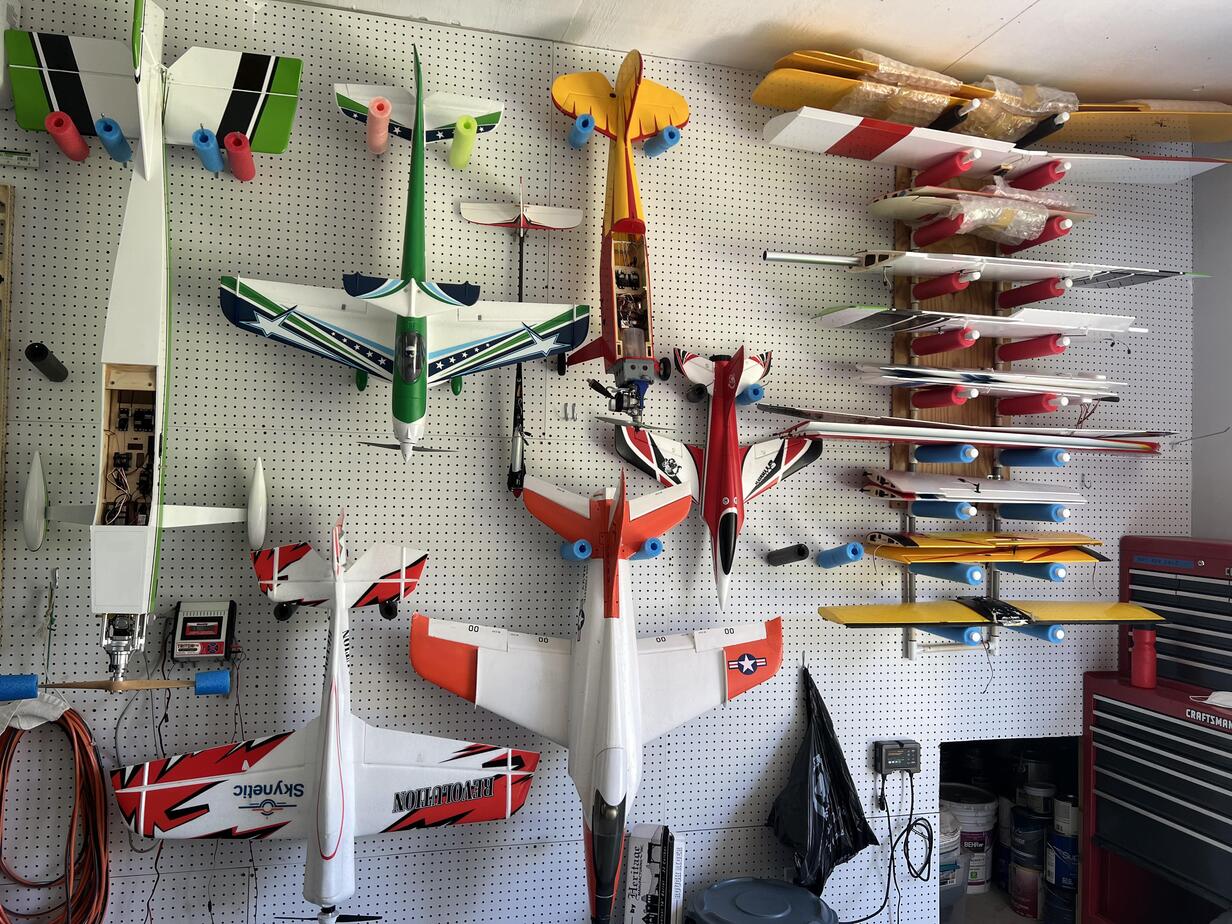

Articles
How To Store RC Planes
Modified: January 19, 2024
Learn the best practices for storing RC planes and keeping them in top condition with our informative articles.
(Many of the links in this article redirect to a specific reviewed product. Your purchase of these products through affiliate links helps to generate commission for Storables.com, at no extra cost. Learn more)
Introduction
RC planes, also known as remote control planes, bring joy and excitement to enthusiasts of all ages. Whether you are a seasoned pilot or just starting out, properly storing your RC plane is essential to preserving its longevity and performance. In this article, we will guide you through the process of storing your RC plane effectively.
Storing RC planes involves more than just packing them away in a storage closet. There are several factors to consider to ensure your RC plane remains in top condition and ready for your next adventure. From choosing the right storage location to cleaning and disassembling the plane, we will cover everything you need to know to keep your RC plane safe and secure during periods of non-use.
So, if you want to prolong the life of your RC plane and protect your investment, read on to learn the best practices for storing your RC plane.
Key Takeaways:
- Properly storing your RC plane involves choosing an ideal storage location, cleaning and disassembling the plane, and protecting it from environmental damage. These steps ensure longevity and optimal performance for future flights.
- Regular maintenance, proper handling, and battery care are essential for preserving your RC plane. By following these guidelines, you can protect your investment and enjoy many more thrilling flights with a well-maintained RC plane.
Read more: How To Store Rc Cars
Factors to Consider Before Storing RC Planes
Before you start storing your RC plane, there are a few important factors to consider to ensure its safety and longevity.
- Seasonal Changes: Depending on where you live, the climate and temperature can fluctuate throughout the year. Extreme cold or heat can have adverse effects on your RC plane. Make sure to consider these seasonal changes when deciding on the storage location.
- Flight Environment: Consider the conditions in which you usually fly your RC plane. If you frequently fly in dusty or sandy environments, extra precautions may be necessary for storing your plane to protect it from dust and debris.
- Plane Type: The type of RC plane you own will also influence the way it should be stored. Foam planes, for example, may require different storage methods than balsa wood planes. Check the manufacturer’s guidelines for any specific instructions on storing your particular plane.
By considering these factors, you can ensure that your RC plane remains in optimal condition during storage.
Choosing an Ideal Storage Location
The storage location for your RC plane plays a crucial role in its preservation. Here are a few factors to consider when selecting an ideal storage location.
- Dry and Cool Environment: It is important to choose a storage area that is dry and cool to prevent any moisture or heat-related damage. A basement or a climate-controlled room can be an excellent choice.
- Away from Direct Sunlight: Direct sunlight can fade the colors of your RC plane and potentially warp its components. Select a location away from windows or install curtains or blinds to block out sunlight.
- Secure and Dust-Free: Ensure that the storage area is free from dust and secure from any potential hazards. Dust can accumulate on the plane’s surfaces and affect its performance, while a secure location will protect it from accidental damage.
- Adequate Space: Choose a storage area that provides enough space to store your RC plane. Avoid overcrowding, as this can lead to accidental damage when retrieving the plane.
By choosing an ideal storage location, you can minimize the risk of damage and maintain the quality of your RC plane.
Cleaning and Disassembling the RC Plane
Before storing your RC plane, it is important to clean and disassemble it properly. Cleaning removes any dirt or debris that may have accumulated during flights, while disassembling helps protect the plane’s fragile components. Here is a step-by-step guide:
- Remove the Propeller: Start by carefully removing the propeller from the motor shaft. This prevents any accidental damage or injury during the cleaning process.
- Clean the Exterior: Use a soft cloth or brush to gently remove any dirt, dust, or debris from the exterior surfaces of the RC plane. Avoid using harsh chemicals or abrasive cleaners, as they can damage the paint or materials.
- Inspect for Damage: Take this opportunity to inspect the plane for any signs of damage, such as loose wires or cracks in the body. Address any issues before storing the plane to prevent further damage during storage.
- Disassemble Wings and Tail: If your RC plane has detachable wings or tail, carefully remove them according to the manufacturer’s instructions. This reduces the risk of the plane being damaged during storage and makes it easier to transport if needed.
- Secure Loose Parts: If there are any loose parts, such as antennas or landing gear, secure them with tape or restraints to prevent them from moving around during storage.
- Protect Fragile Areas: Apply a layer of protective foam or bubble wrap to delicate areas of the plane, such as the wings or nose, to provide extra cushioning and prevent any potential damage.
By cleaning and disassembling your RC plane before storage, you ensure that it is in optimal condition and ready to fly when you take it out again.
Removing Batteries
Before storing your RC plane, it is essential to remove the batteries to prevent any potential damage or discharge. Here’s a step-by-step guide on how to properly remove and store the batteries:
- Power Off: Make sure the RC plane is powered off and the transmitter is disconnected.
- Locate the Battery Compartment: Identify the location of the battery compartment on your RC plane. It is typically located on the underside or back of the plane.
- Remove the Battery Cover: If there is a battery cover, carefully remove it to gain access to the batteries.
- Disconnect the Battery: Depending on the type of RC plane, the battery may have a connector or a plug. Gently disconnect the battery from the plane, being careful not to damage the wires.
- Store Batteries Separately: Once the batteries are disconnected, store them separately in a dry and cool place. It is recommended to use a battery case or plastic bag to prevent contact with metal objects or moisture.
- Battery Maintenance: If your RC plane uses rechargeable batteries, it is important to perform regular maintenance checks to ensure they remain in good condition. Follow the manufacturer’s guidelines for battery care and charging procedures.
By removing and storing the batteries properly, you can extend their lifespan and prevent any potential accidents or damage while the RC plane is in storage.
When storing RC planes, it’s important to keep them in a cool, dry place to prevent damage from moisture and extreme temperatures. Additionally, it’s a good idea to remove the batteries before long-term storage to prevent corrosion.
Read more: How To Store RC Lipo Batteries
Protecting the RC Plane with Covers or Bags
To provide an additional layer of protection for your RC plane, it is advisable to use covers or bags specifically designed for this purpose. Here’s how to protect your RC plane with covers or bags:
- Cover for Dust Protection: Use a lightweight cover or dust bag to protect your RC plane from dust and debris during storage. Ensure that the cover is made of breathable material to prevent moisture buildup.
- Wing and Fuselage Bags: If your RC plane has detachable wings or a separate fuselage, consider using specialized bags designed for these components. These bags provide extra cushioning and protection.
- Secure with Fasteners: Make sure to secure the covers or bags tightly using fasteners such as zippers, strings, or Velcro straps. This will prevent them from slipping off or becoming loose during storage.
- Labeling: It is helpful to label each cover or bag with the corresponding RC plane model to easily identify them, especially if you have multiple planes stored together.
- Hangars: If you have the space and resources, consider using a hangar or rack system to hang your RC planes. This not only provides protection but also keeps them organized and easily accessible.
Using covers or bags for your RC plane helps prevent scratches, dust accumulation, and potential damage from accidental impacts.
Remember to store your RC plane in an upright position to avoid any unnecessary pressure on the wings or fuselage.
Proper Handling and Transportation
Proper handling and transportation of your RC plane are crucial to prevent any damage or accidents. Whether you’re moving it from one location to another or preparing for storage, following these guidelines is essential:
- Handle with Care: Always handle your RC plane with care, avoiding any rough or sudden movements. Treat it as a fragile object to prevent any accidental damage.
- Use a Carrying Case: Invest in a dedicated carrying case or bag designed for RC planes. These cases offer padding and compartments to securely transport your plane without any risk of damage.
- Secure the Components: If you have detachable wings, tail, or other loose components, make sure to secure them properly before transportation. This can include using straps, tape, or Velcro to keep everything in place.
- Protect the Propeller: The propeller is a critical component of your RC plane. Place a protective cover over the propeller to prevent any accidental contact or damage during transportation.
- Avoid Extreme Temperatures: During transportation, avoid exposing your RC plane to extreme temperatures. High heat or cold can affect the materials and components, leading to potential damage or performance issues.
- Use Caution when Traveling: If you plan to take your RC plane on a trip, whether by car or plane, check with the transportation authorities regarding any regulations or restrictions on carrying RC planes. Follow their guidelines to ensure a smooth and hassle-free journey.
By adhering to these handling and transportation practices, you can minimize the risk of accidents and protect your RC plane from any potential damage.
Avoiding Environmental Damage
To keep your RC plane in optimal condition, it is important to protect it from environmental damage. Here are some tips to help you avoid potential harm:
- Avoid Moisture: Moisture is one of the biggest threats to your RC plane. Always store it in a dry location to prevent water damage. If you live in a humid climate, consider using dehumidifiers or moisture-absorbing packets in the storage area.
- Shield from UV Rays: Prolonged exposure to direct sunlight and UV rays can damage the paint, decals, and materials of your RC plane. When not in use, store it in a shaded area or use a UV-resistant cover.
- Protect from Dust and Debris: Dust, dirt, and debris can accumulate on your RC plane and affect its performance. Use covers or bags, as mentioned earlier, to safeguard your plane from these elements.
- Prevent Corrosion: If your RC plane has metal components, they are susceptible to corrosion. Apply a thin layer of protective oil or corrosion inhibitor to these parts before storage to prevent rusting.
- Shield from Extreme Temperatures: Extreme temperatures can cause damage to the electronic components of your RC plane. Avoid leaving it in areas with high heat or cold, and always store it in a temperature-controlled environment.
- Beware of Pests: Insects and rodents can cause damage to your RC plane in storage. Make sure the storage area is properly sealed to prevent any unwanted visitors from accessing your plane.
By taking measures to protect your RC plane from environmental damage, you can ensure its longevity and enjoy uninterrupted flights when you’re ready to take it out again.
Maintenance and Checkups
Maintaining your RC plane regularly is vital to ensure it remains in optimal condition and performs at its best. Here are some maintenance and checkup tasks to keep in mind:
- Clean After Each Flight: After every flight, make it a habit to clean your RC plane. Remove any dirt, debris, or grass that may have accumulated on the surfaces. Pay special attention to the propeller, landing gear, and air intake areas.
- Inspect for Damage: Regularly inspect your RC plane for any signs of damage, such as cracks, loose wires, or worn-out components. Addressing potential issues early on can prevent further damage and ensure your plane’s safety during flights.
- Check Control Surfaces: Verify that all control surfaces, such as the ailerons, elevator, and rudder, are functioning correctly. Make any necessary adjustments to ensure smooth and accurate control response.
- Test Electronics and Connections: Test the electronic components, such as the receiver, transmitter, and servos, to ensure they are functioning properly. Check the connections and make sure they are secure to avoid any signal loss during flights.
- Battery Maintenance: If your RC plane uses rechargeable batteries, regularly check their condition and charge levels. Follow the manufacturer’s recommendations for proper battery maintenance, including storage and charging practices.
- Perform Test Flights: Before an extended period of storage, it’s a good idea to perform a test flight to ensure everything is working correctly. This allows you to identify and address any issues before storing the plane.
By conducting regular maintenance and checkups, you can catch potential problems early on, prolong the lifespan of your RC plane, and ensure safe and enjoyable flights.
Read more: What Is The Walkway To A Plane Called
Conclusion
Properly storing your RC plane is essential to protect its longevity and ensure it’s ready for action when you’re ready to fly again. By considering factors such as seasonal changes and flight environment, you can choose an ideal storage location that provides a dry, cool, and secure environment for your plane.
Cleaning and disassembling your RC plane before storage helps remove dirt and debris and reduces the risk of damage during the storage period. Removing the batteries and storing them separately is crucial to prevent discharge and potential damage. Additionally, protecting your RC plane with covers or bags shields it from dust and provides an extra layer of defense during storage.
When handling and transporting your RC plane, always exercise caution to avoid accidents and damage. Using a carrying case or bag designed for RC planes helps protect your plane and its components during transportation. Avoiding environmental damage by safeguarding your plane from moisture, UV rays, dust, and extreme temperatures is also crucial to its longevity.
Regular maintenance and checkups are necessary to keep your RC plane in optimal condition. Cleaning after each flight, inspecting for damage, checking control surfaces, and testing electronics and battery levels are all important tasks to perform. By addressing any issues early on, you can ensure the safety and performance of your RC plane during flights.
In conclusion, by following the guidelines outlined in this article, you can effectively store and maintain your RC plane. Taking the time to properly store and care for your RC plane will not only extend its lifespan but also enhance your overall flying experience. So, protect your investment and enjoy many more thrilling flights with your well-preserved RC plane!
Frequently Asked Questions about How To Store RC Planes
Was this page helpful?
At Storables.com, we guarantee accurate and reliable information. Our content, validated by Expert Board Contributors, is crafted following stringent Editorial Policies. We're committed to providing you with well-researched, expert-backed insights for all your informational needs.
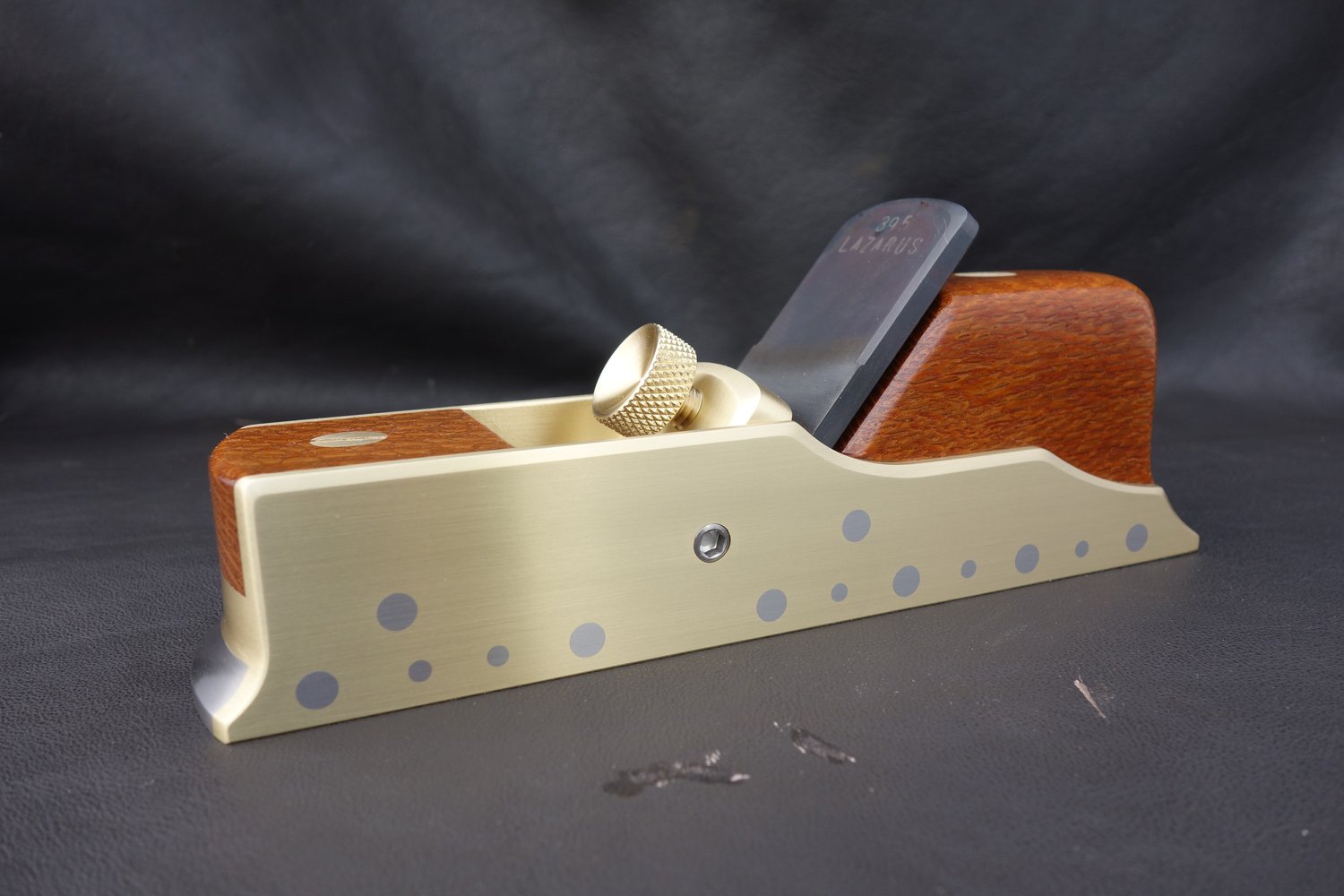
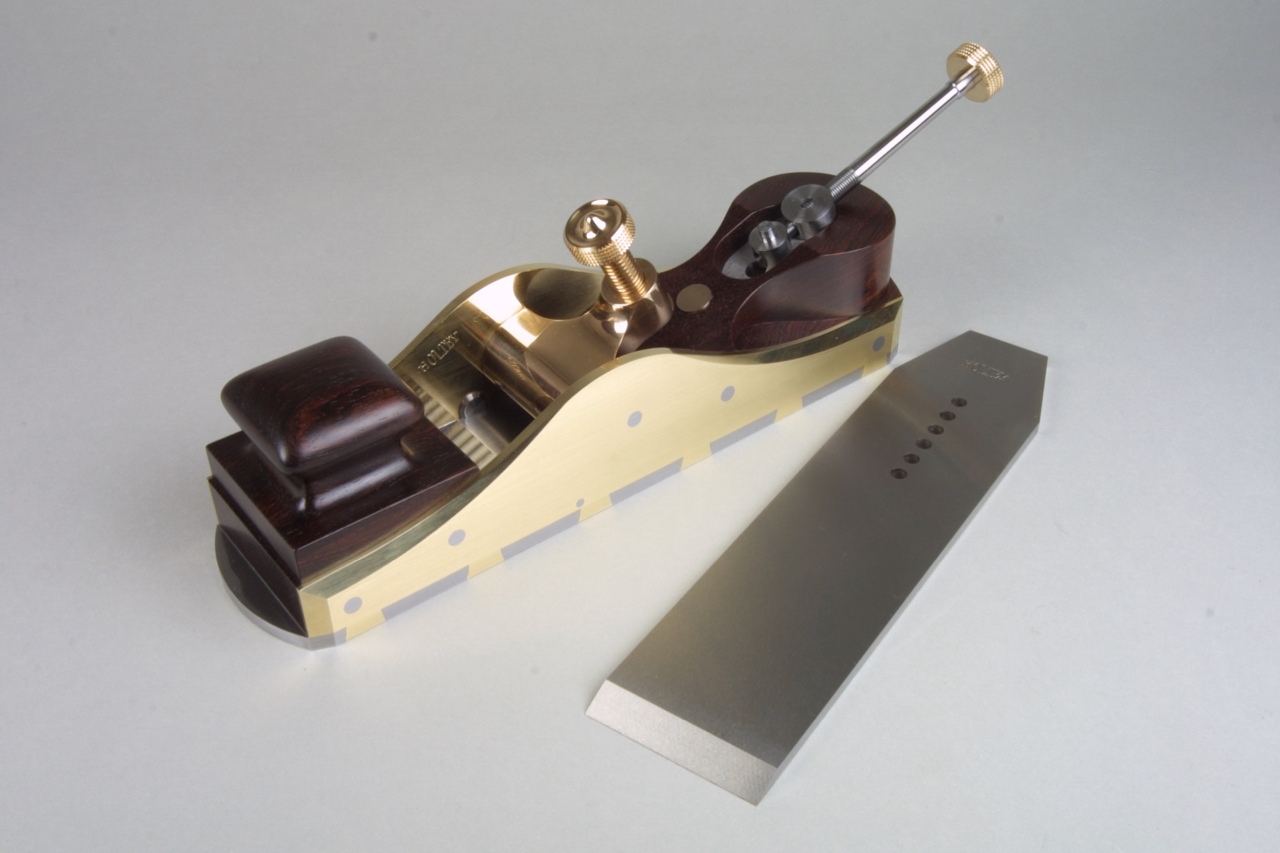
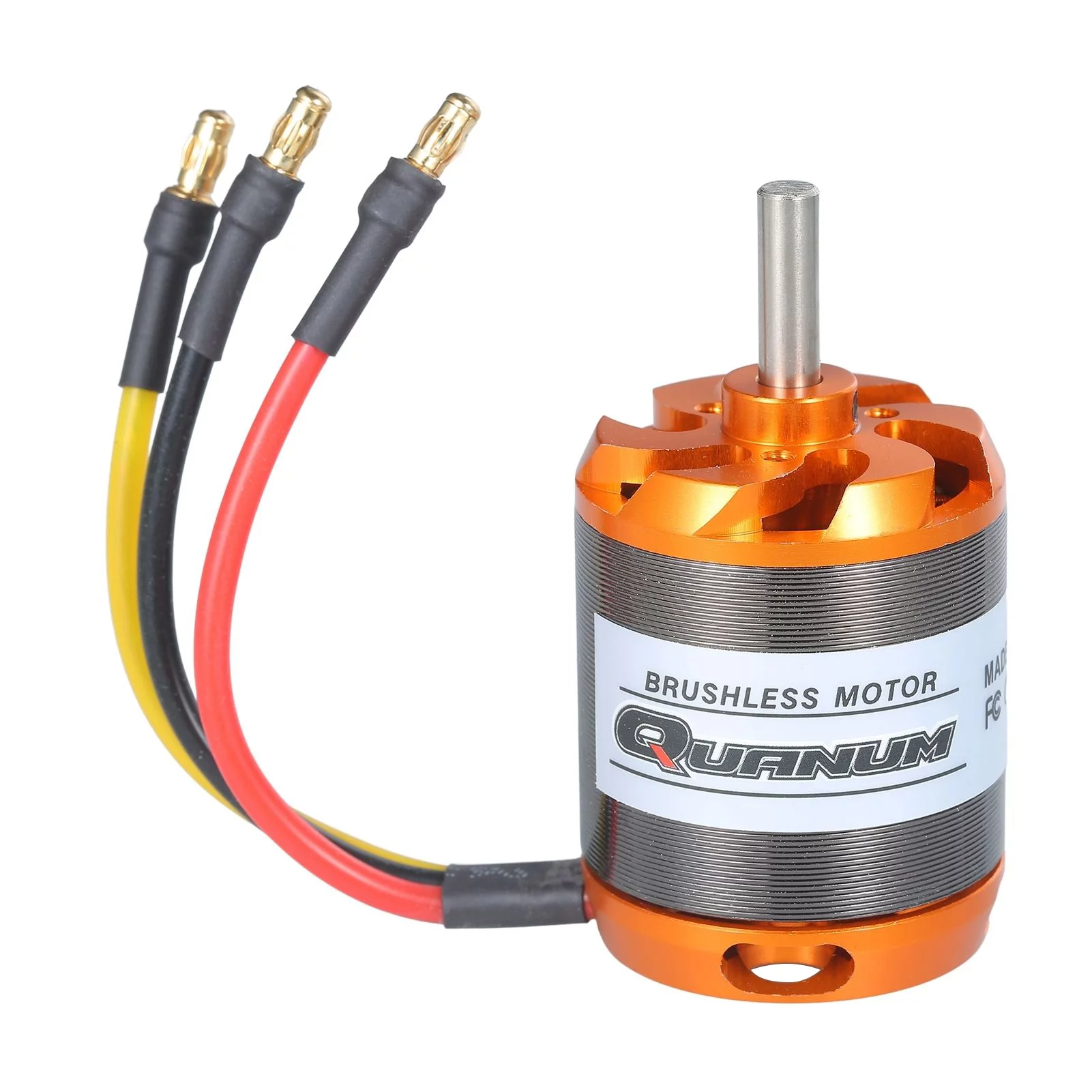
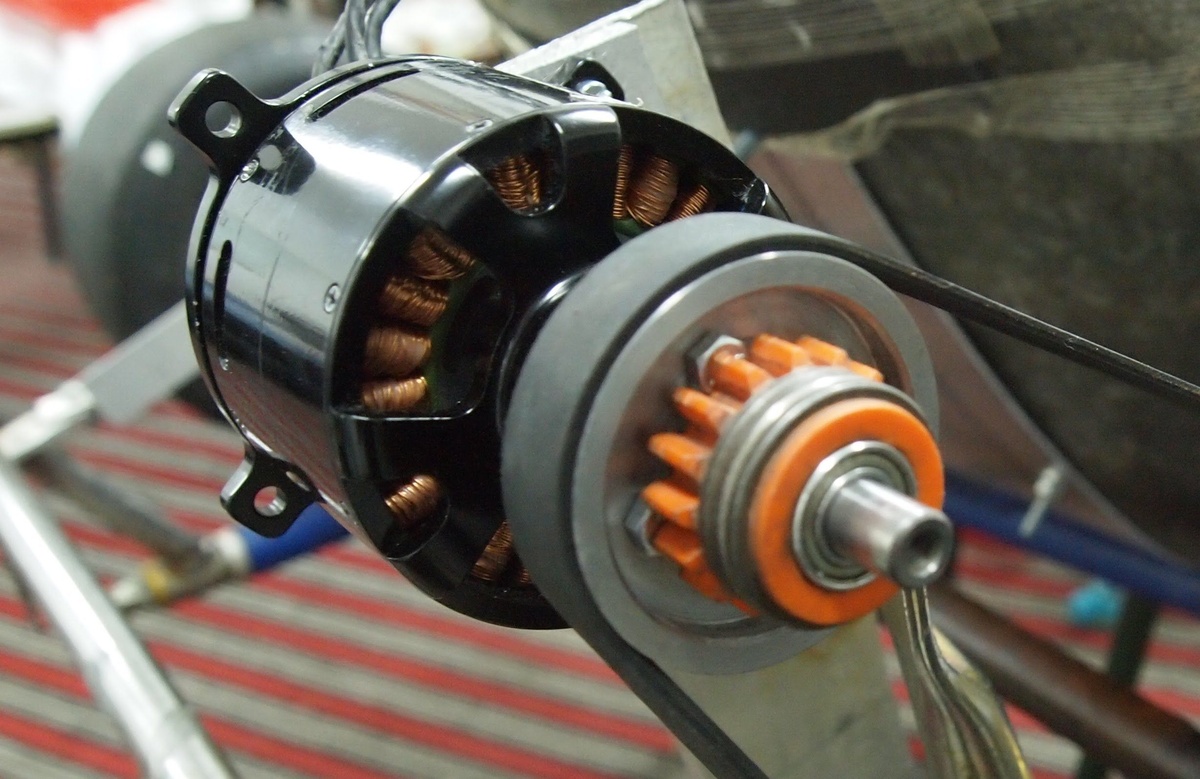
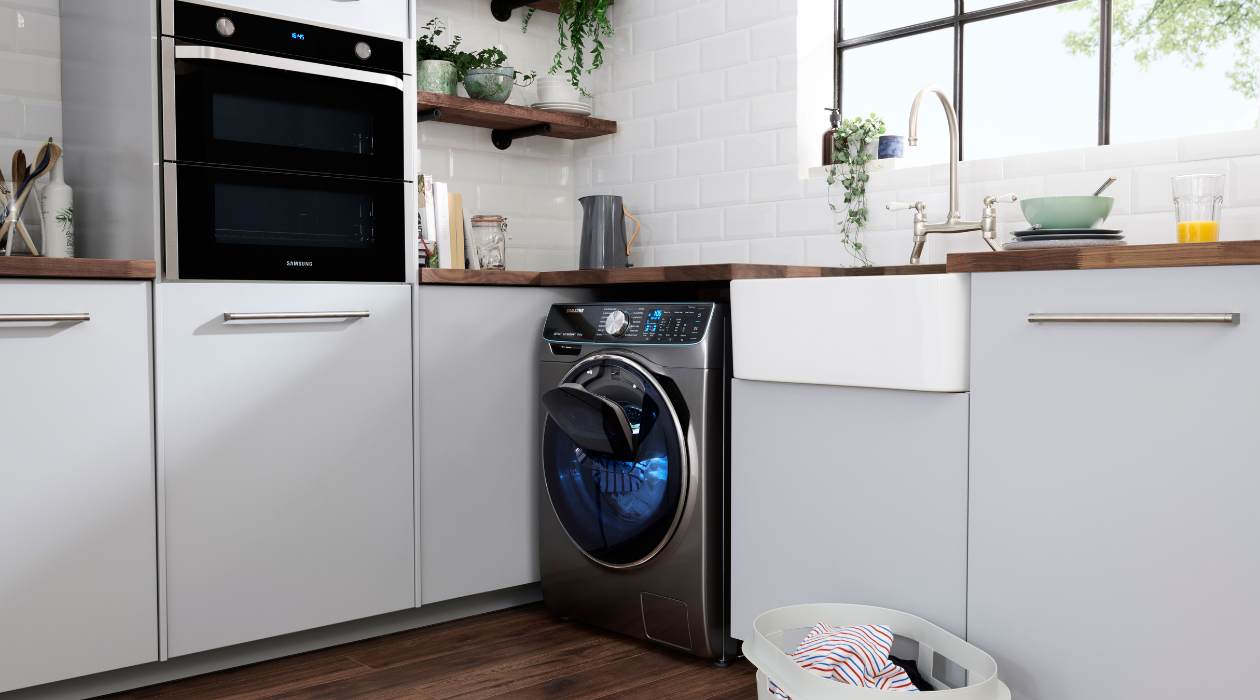
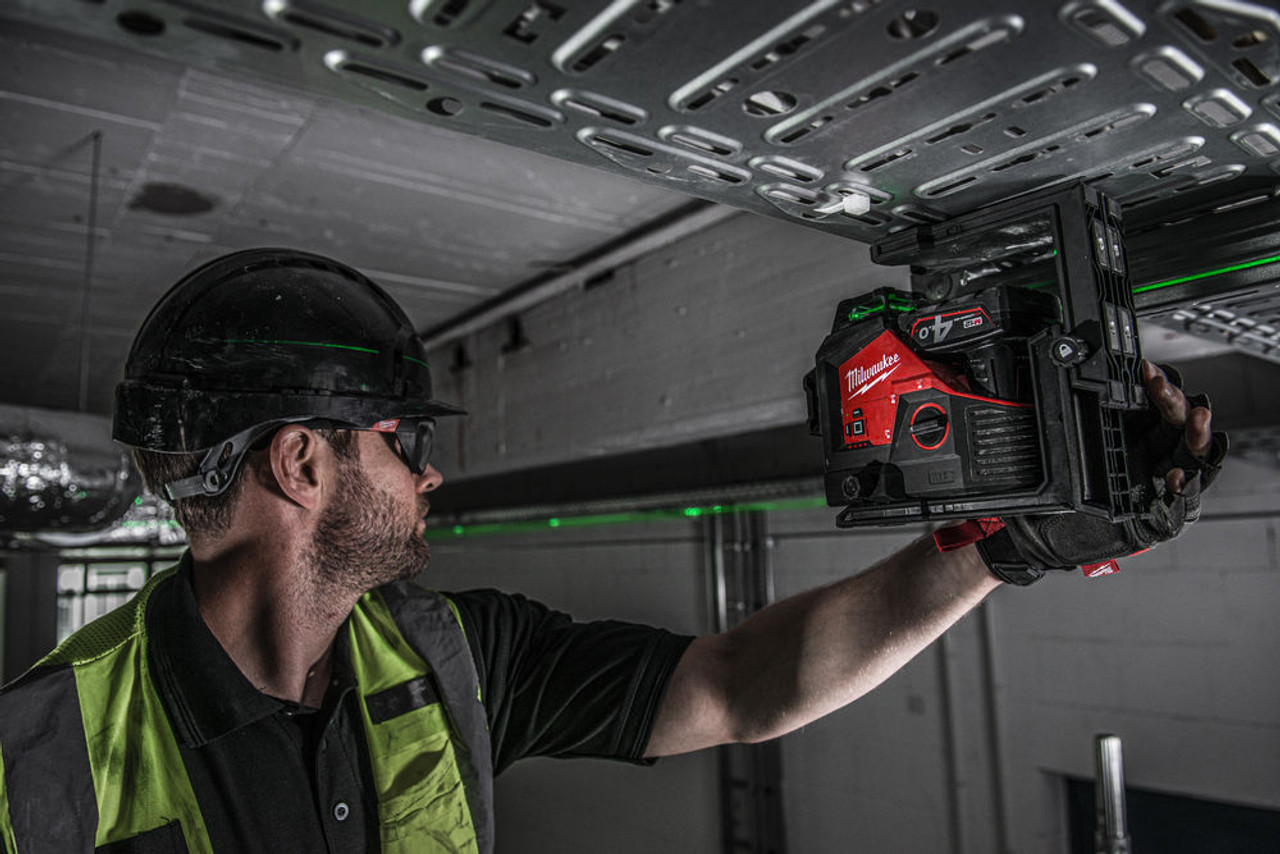
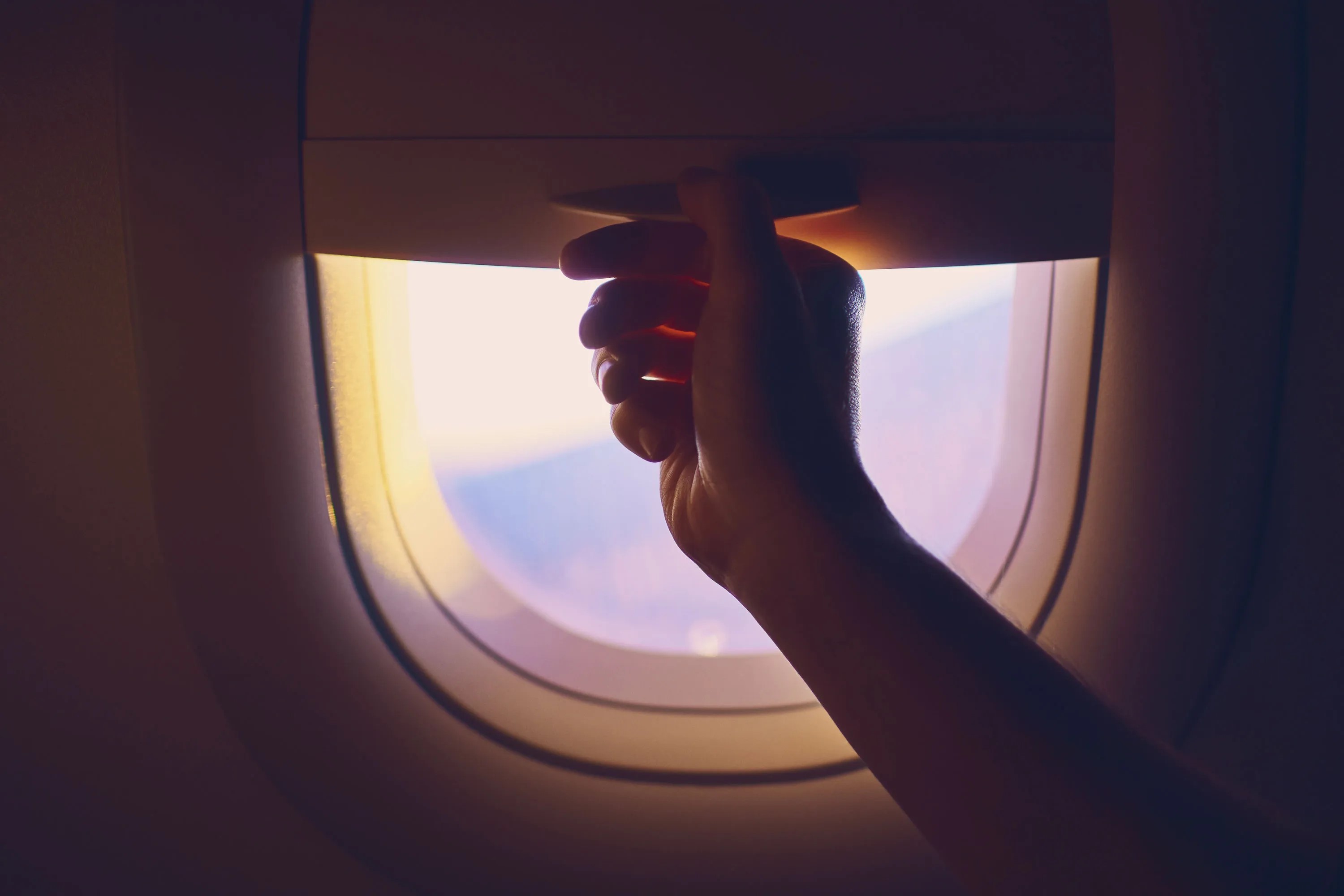
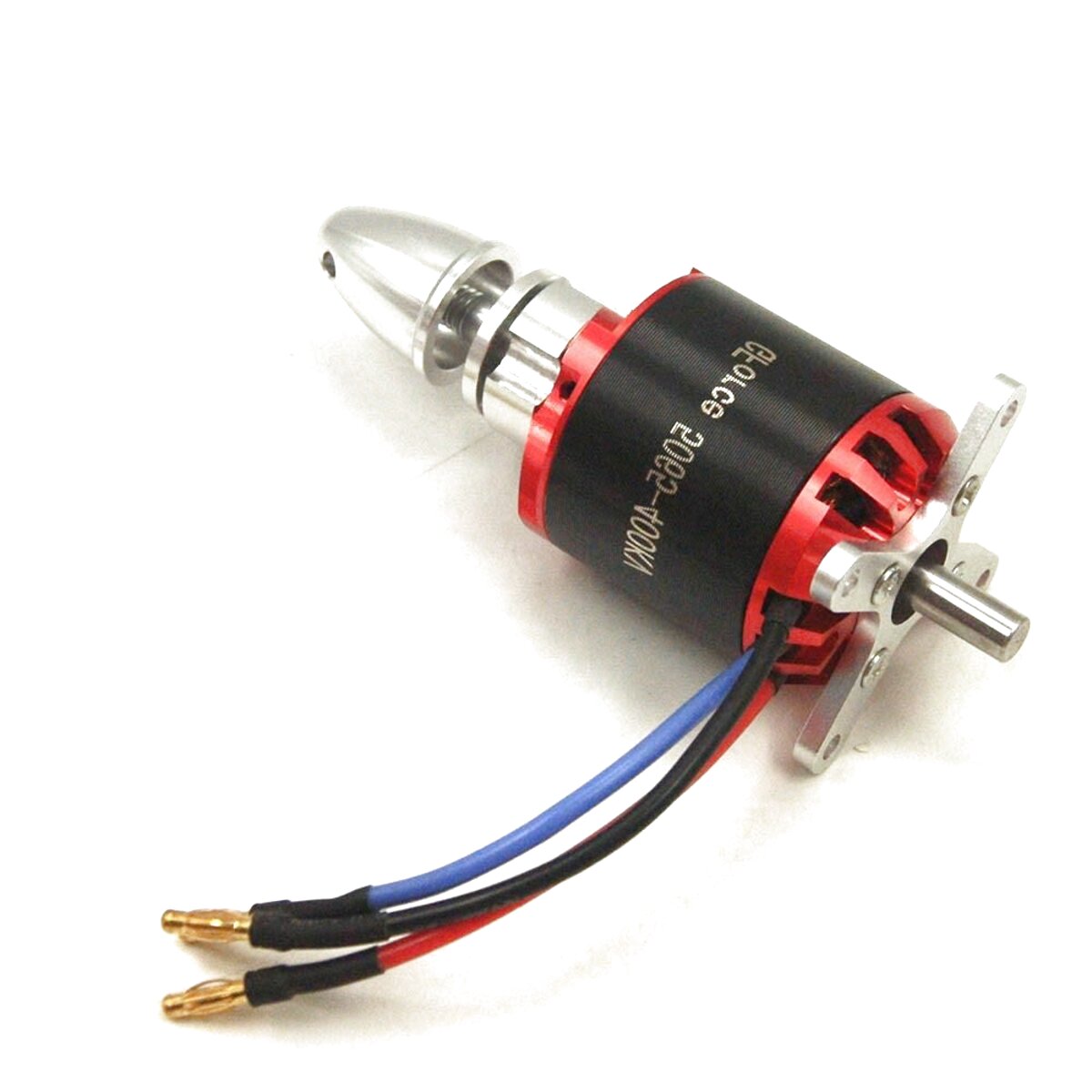
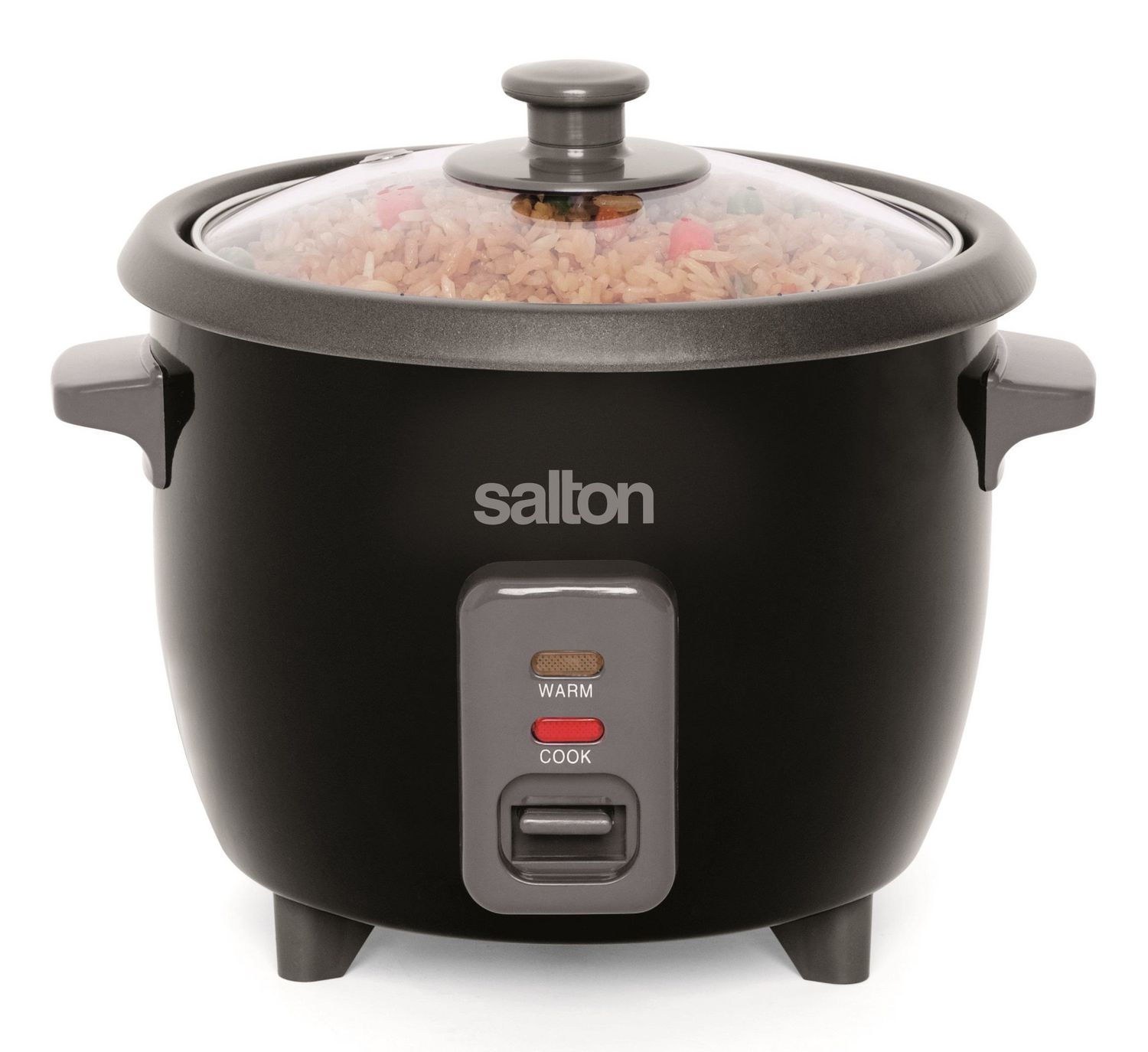
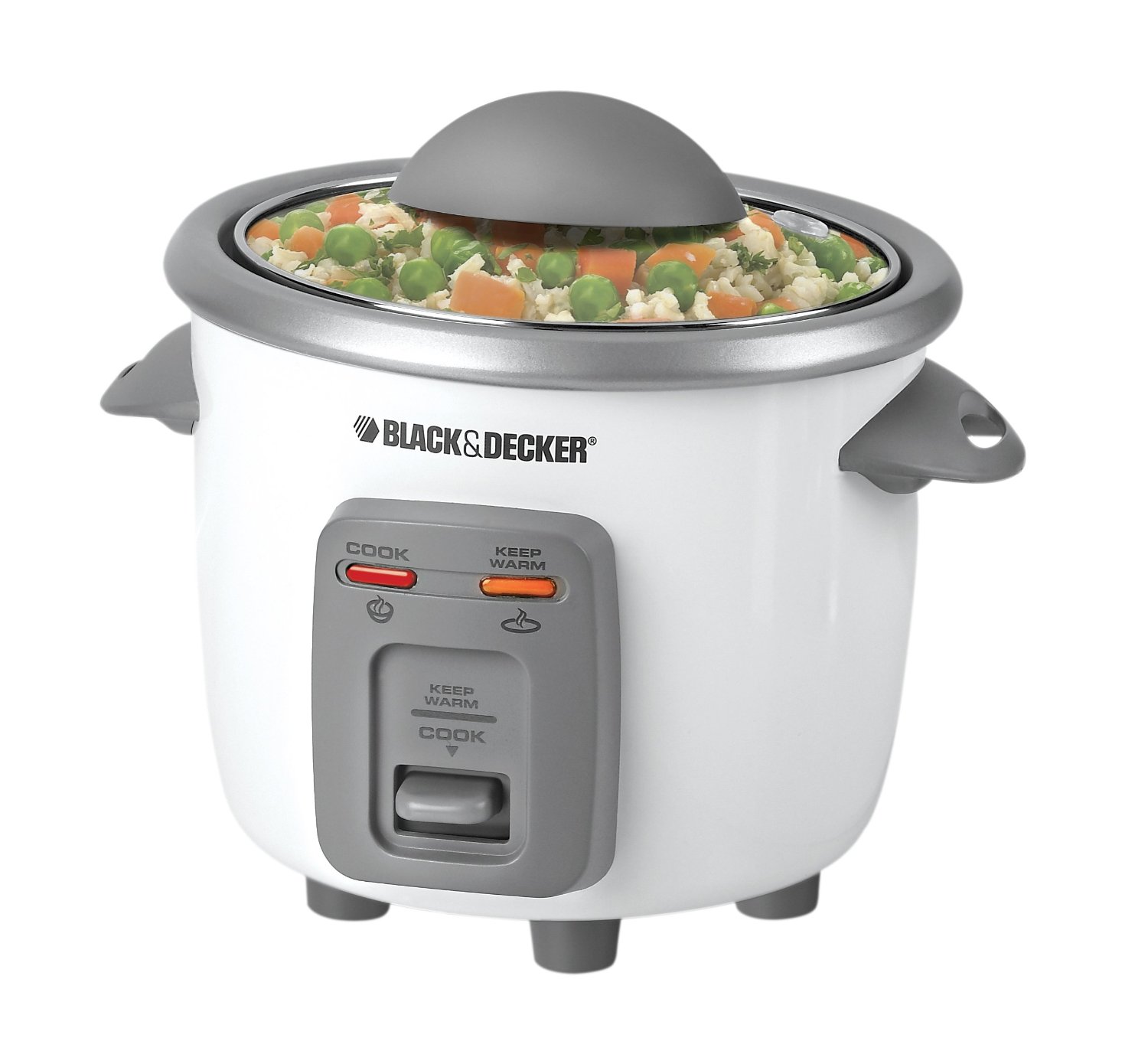




0 thoughts on “How To Store RC Planes”